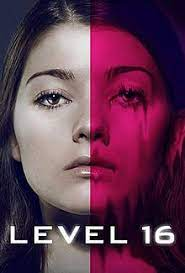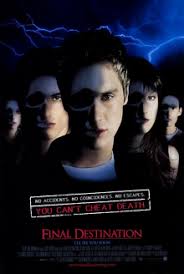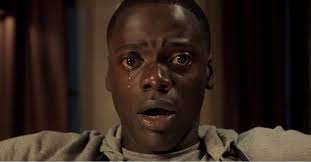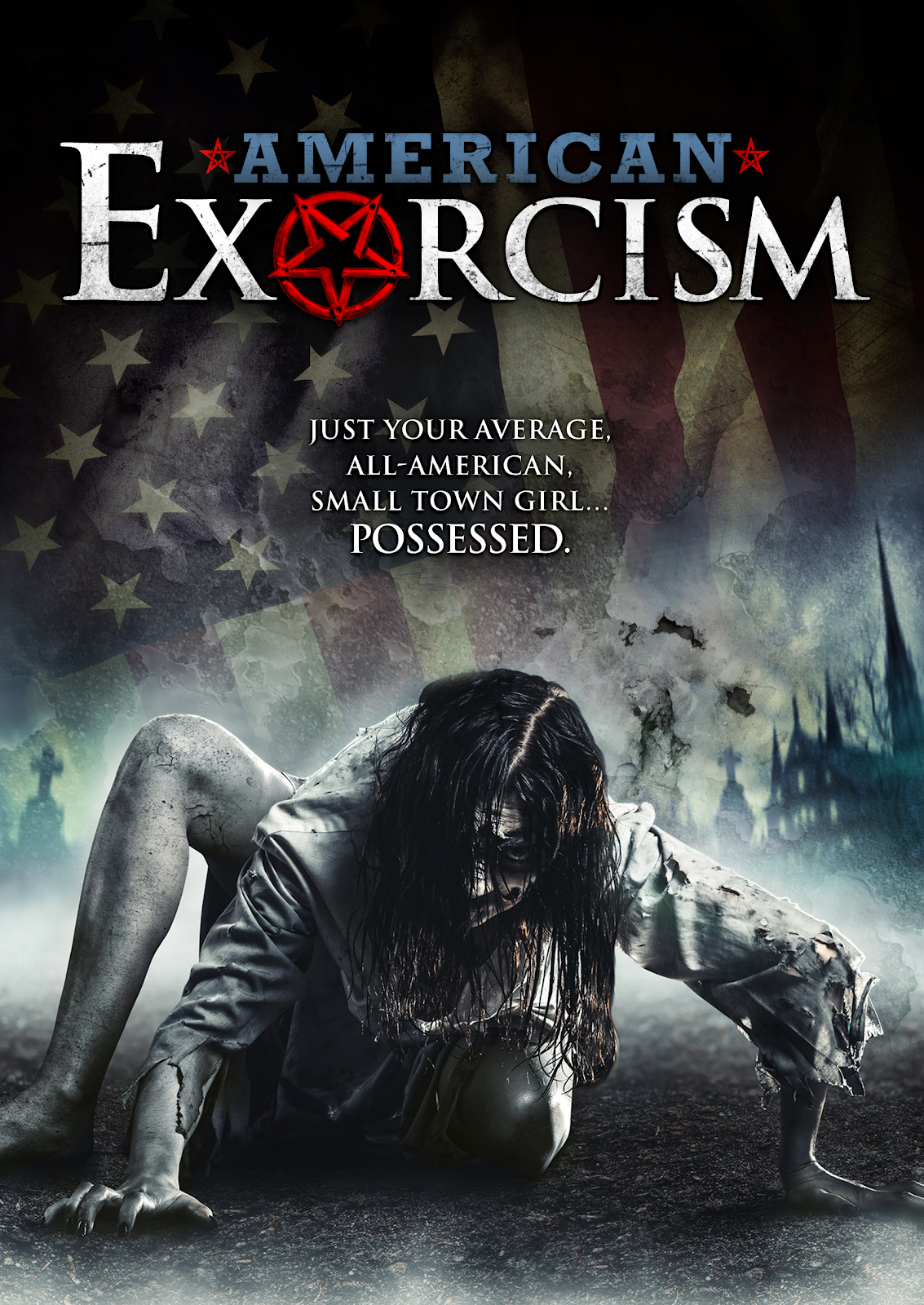Genre Research| Thriller
CAMS:
In thriller films, specifically psychological thriller, close up shots are often used to convey either the emotion, or contrast of emotion to facial expression. Low and high angles are used to portray the levels of power characters portray, as emotional and social aspects are what thriller is all about. Tracking or panning shots are also commonly used in thriller films to follow a character. Dolly zooms are popular to convey feelings of confusion or warped perception with a character
EDITING:
A style of editing seen in a lot of thriller movies is parallel editing, used to show what two characters are doing in comparison or contrast to one another. Another common style of editing is fast cutting.
SOUND:
Seeing as thriller focuses on the characters' emotions, thoughts, and actions, dialogue is almost essential for most horror films.
EXAMPLES:
Some examples of movies in this genre are:
Fractured (2019)
Level 16 (2018)
American Psycho (2000)
FAVORED ELEMENTS:
Similar to horror, thriller is a very diverse genre filled with many subgenres. Elements I love about thriller is how character-focused it is. In certain sub-genres of thriller, the plot is centered on not just what happens to the character, but based on what goes on in the characters' minds. I like the elements of sound, and the CAMS used.
DISFAVORED ELEMENTS:
Thriller is very hard to pinpoint, it's very vague. One thriller movie would be completely different than another, and the genre isn't very straightfoward and expected. While this can be great for making a plot less predictable, writing the characters the plot focuses on can be hard when you don't understand people or how they think. Psychology and a high emotional intelligence is very important when writing and directing a thriller film.




Comments
Post a Comment